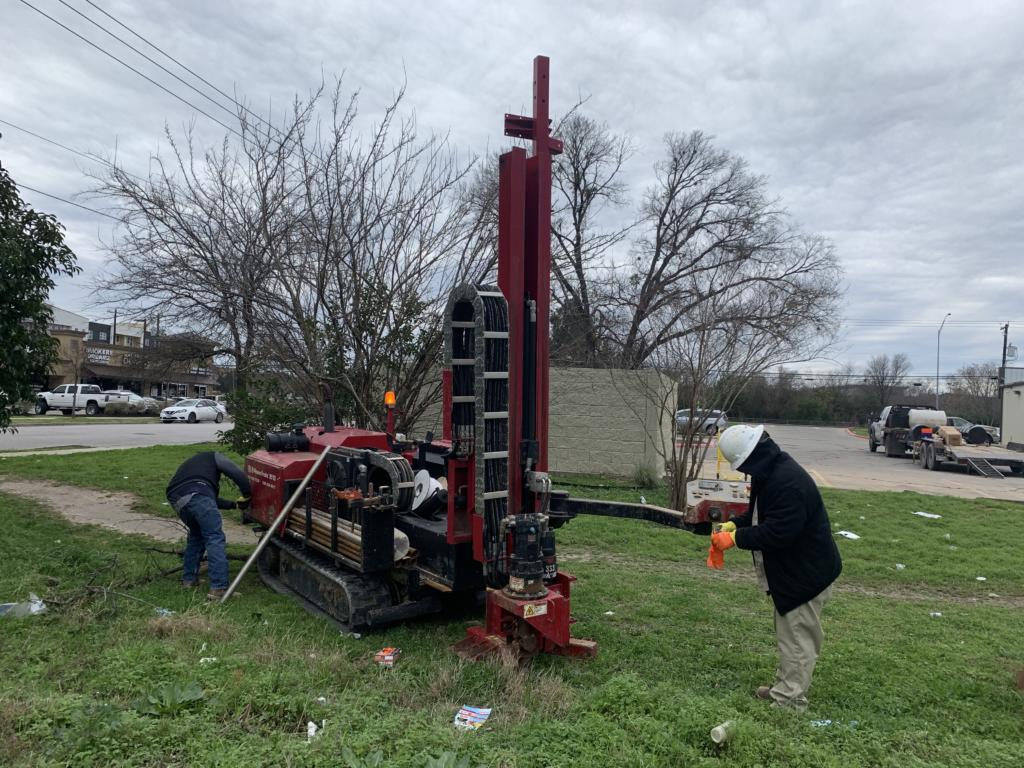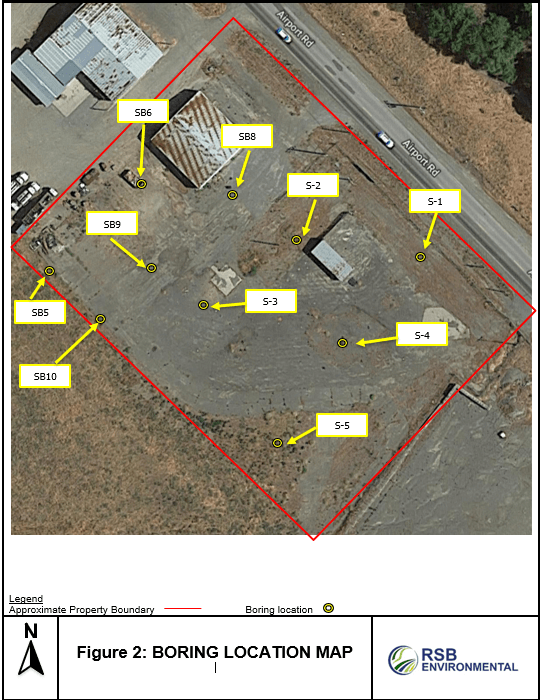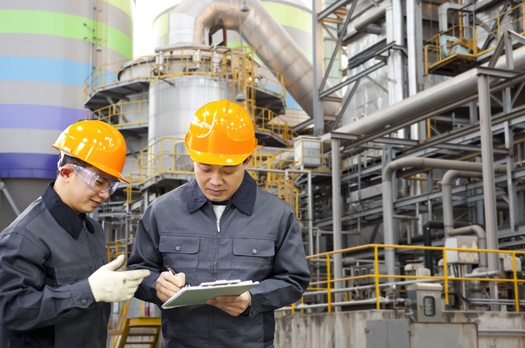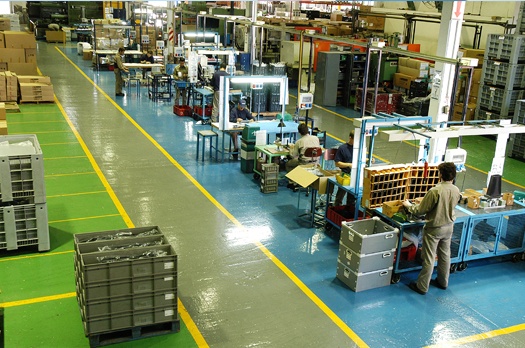Phase 2 Environmental Site Assessment
- RSB Environmental is the national leader in performing Phase II Environmental testing to help you meet the requirements of the TCEQ.
- Our staff are experienced with attributes particular to Texas including oil gas wells and state Petroleum Storage Tank (PST) regulations.
- Tailor fitted scope of work to each individual site and situation.
Request a free custom quote or call 1-833-910-2535














Reviews
WHAT OUR RECENT CLIENTS SAY ABOUT US
Sachin and his team at RSB Environmental are very helpful with our company’s environmental needs. Always courteous and informative in regards to our questions.
RSB Environmental is a great company, they are easy to work with and handle all our Environmental needs in a friendly professional way. I would recommend RSB Environmental for all your company’s environmental needs.
RSB Environmental performs Phase II Environmental Testing either in support of a financing decision or to meet the requirements of the Texas Commission on Environmental Quality (TCEQ).
Most of our reports are performed to meet the standards set by ASTM E1903-97(2002). RSB Environmental staff are experienced with attributes particular to Texas including oil gas wells and state Petroleum Storage Tank (PST) regulations.


- Phase II ESA normally is performed when the Phase I ESA identifies Recognized Environmental Conditions (RECs) and/or recommends further investigation.
- The standard practice for Phase II ESAs is ASTM E1903-11.
- Unlike the Phase I ESA AAI rule, the Phase II is not a rule, but a standard of practice for performing the assessment.
- The standard of the Phase II ESA is typically defined by the scope proposed by the Environmental Professional and accepted by the client. This allows the scope of work to be tailored to each individual site and situation.
- Any additional testing or characterization should meet all state and local guidelines.
- Normally, a Phase II ESA is actually a screening to determine if potential contamination and/or hazardous materials are present. The Phase II does not typically characterize contamination present nor is it a feasibility study. However, this can be included as part of the Phase II ESA scope or may be part of the screening recommendations.
- Geophysical surveys are often included to help locate subsurface objects and/or identify suitable locations for soil borings and groundwater monitoring wells.
Components of a Phase II Environmental Site Assessment
A Phase 2 Environmental Site Assessment (ESA) is a critical step in understanding the environmental condition of a property and involves several key components. One of the primary activities is the sampling and analysis of various media, such as soil, groundwater, surface water, and soil vapor. This process involves using specialized techniques and equipment to collect samples from targeted areas, which are then sent to a laboratory for analysis to determine the presence and concentrations of contaminants. Geophysical surveys are another important component of a Phase 2 ESA, as they help identify potential sources of contamination like buried objects, underground storage tanks, or subsurface features that could influence contaminant migration.
Risk assessment is a crucial aspect of a Phase 2 ESA, as it evaluates the potential risks posed by the identified contamination to human health and the environment. This process involves comparing the detected contaminant concentrations to regulatory standards and guidelines, as well as analyzing the potential pathways for exposure to the contaminants. Finally, report preparation is an essential part of a Phase 2 ESA, as it consolidates all the findings, including sampling and analysis methods, results, identified risks, and recommendations for further action. This report serves as a valuable tool for property owners, potential buyers, and regulators in understanding the environmental status of the property and making informed decisions about future actions or transactions.
Our Service Areas
Our Registrations and Certifications







Industrial Hygiene

Engineering

Safety

Environmental Compliance

Frequently Asked Questions
What is included in a Phase 2 environmental site assessment?
A typical Phase II ESA includes sampling of surface waters, groundwater, soils, and any potentially hazardous materials in various areas on or off the property. To determine the extent of contamination on the site, information gathered from samplings is compiled, assessed, and evaluated, resulting in a comprehensive report.
The Phase II ESA process, which may include multiple field investigations and reports, aims to define the type, concentration, and size of the contamination, as well as the affected media. Additional research and analysis, such as on nearby receptor wells, may be required to help define the type and speed of cleanup required at the site. For example, a typical Phase II includes drilling at the site, collecting water and soil samples from the surface and at depth, and analyzing the samples for a variety of contaminants. This information not only helps determine the extent of contamination but also assesses potential liability associated with the site.
What is the difference between a Phase I and Phase II environmental site assessment?
The primary distinction between Phase I and Phase II site assessments is in the assessment scopes of work. Through visual observations, historical use reviews, and regulatory records, a Phase I assesses the likelihood that a site is contaminated, whereas a Phase II assesses whether contamination is present.
Phase I Environmental Site Assessment
- Examine records to see if the site has ever been used for potentially hazardous purposes.
- Visual examination of the property’s current state, with reference to site plans.
- Visual examination of neighboring properties.
- Current property owners, operators, occupants, and local government officials were interviewed.
Phase II Environmental Site Assessment
- Soil and water samples are being collected to look for signs of contamination.
- Lab results are compared to local, state, and federal regulatory guidelines.
- Inspection of interior spaces for mold, radon, or lead paint may be included.
- Identification of wetlands, ecological resources, or endangered species that may preclude certain land uses is possible.
What triggers a Phase 2 ESA?
A Phase II ESA serves the purpose of conducting a limited subsurface investigation when there is reason to believe there may be contamination on the site, typically due to the discovery of a Recognized Environmental Condition (REC) during the Phase I ESA. In order to determine the likelihood of contamination, a Phase II ESA is performed when Phase I has raised concerns about potential environmental impacts on the site.
The recommendation for a Phase II test does not necessarily imply the presence of contamination; rather, it signifies the need to investigate further based on the potential presence of hazardous substances. This investigation often involves collecting and analyzing samples from various media, such as soil and groundwater, to confirm or rule out the existence of contaminants. Ultimately, conducting a Phase II ESA is a crucial step in environmental due diligence, providing valuable information for decision-making processes and mitigating potential risks associated with site contamination.
What happens if contamination is found during a Phase 2 ESA?
If significant contamination is found during a Phase 2 ESA, additional steps may be necessary to remediate the site or manage the contamination. This can include conducting a Phase 3 ESA (remediation planning) and implementing a remediation plan.
What are the potential outcomes of a Phase 2 ESA?
A Phase 2 ESA can have different outcomes, including:
- No significant contamination found, and no further action required.
- Contamination found, but below regulatory limits, and no further action required.
- Contamination found above regulatory limits, requiring further investigation or remediation.



